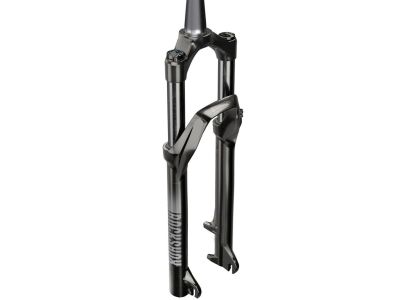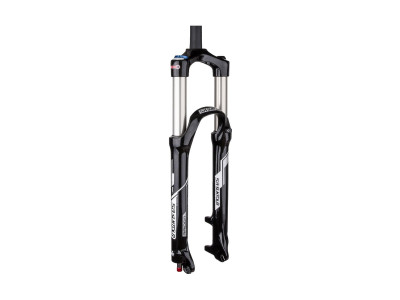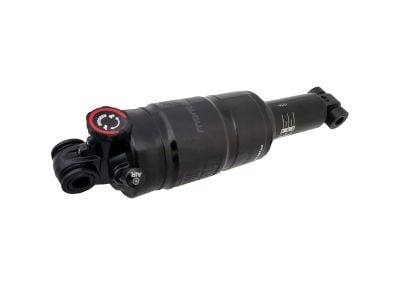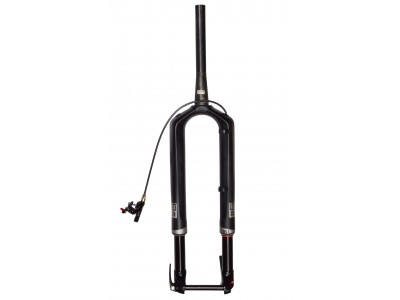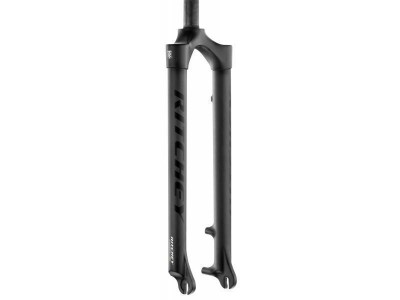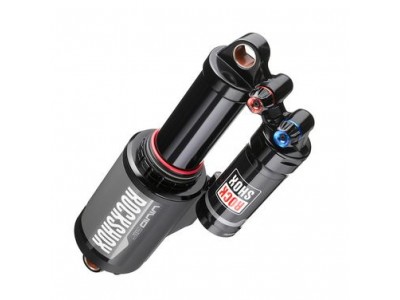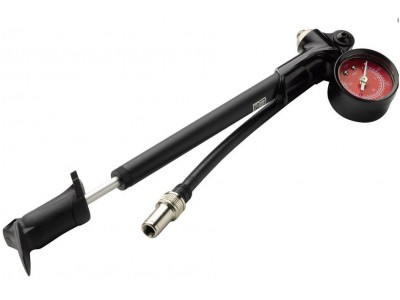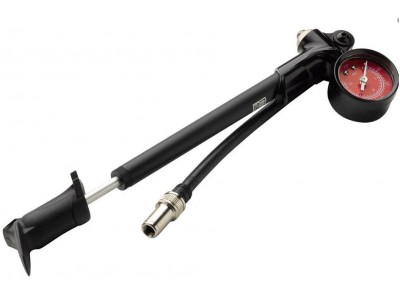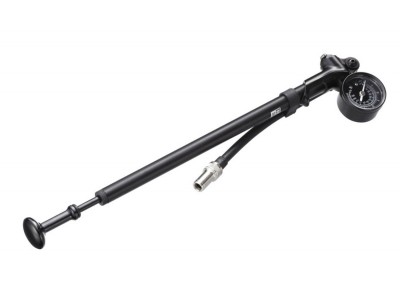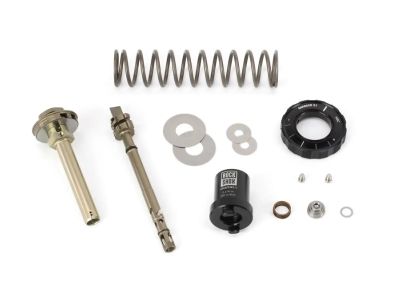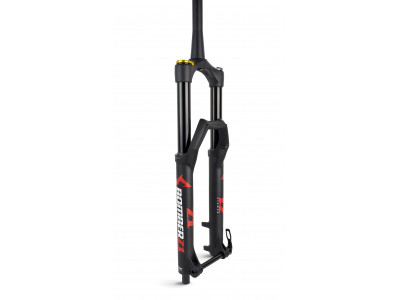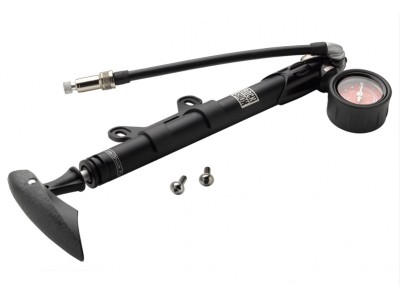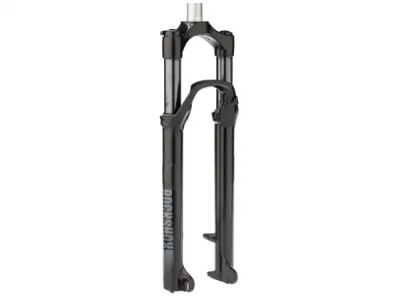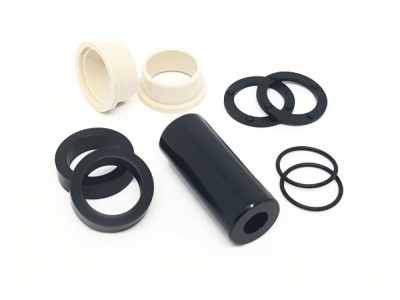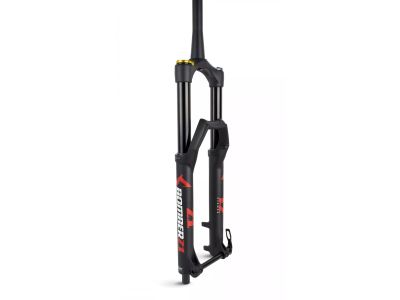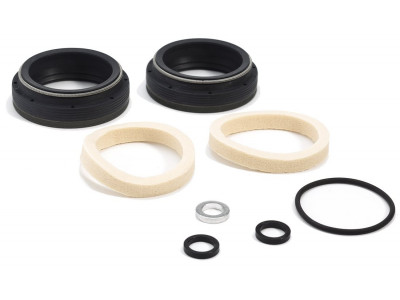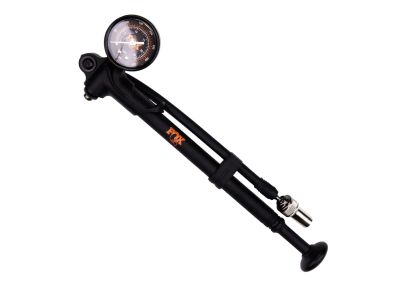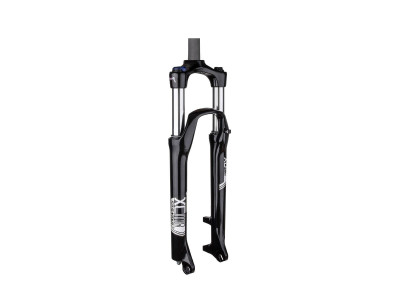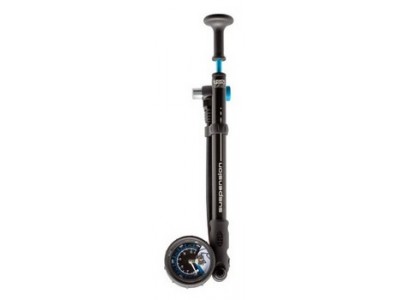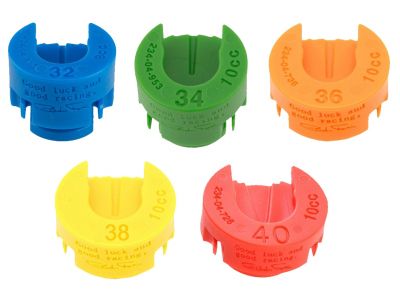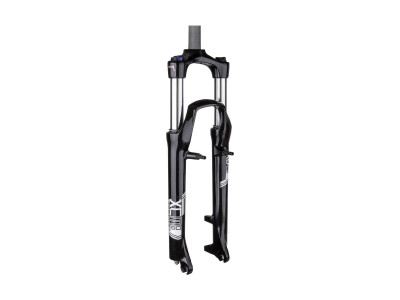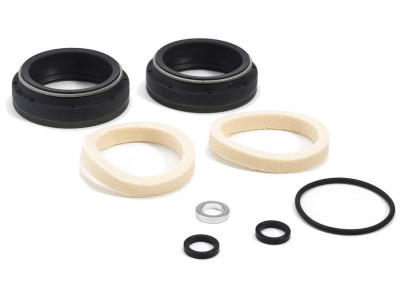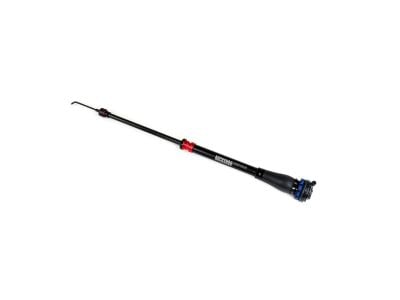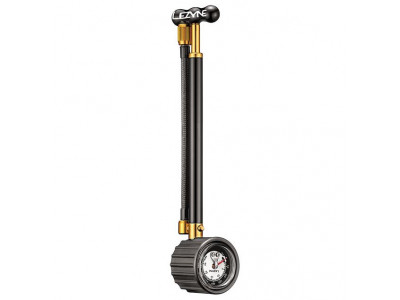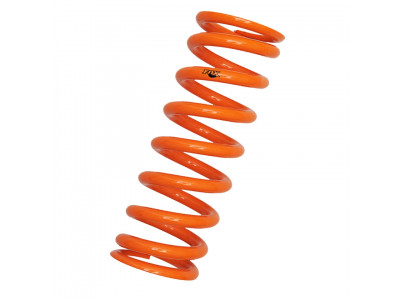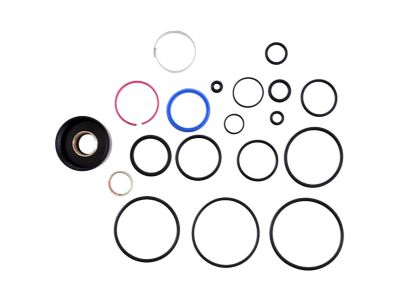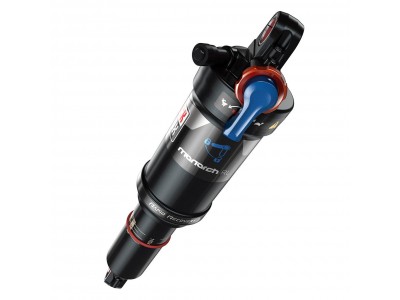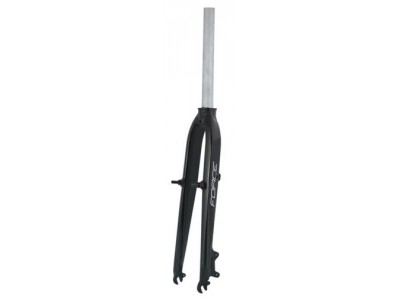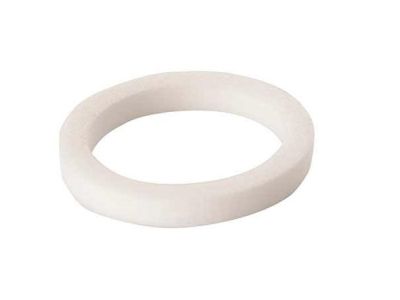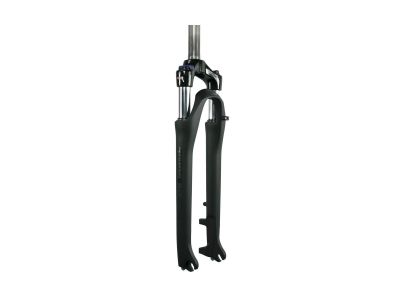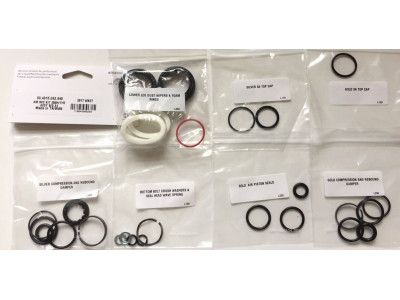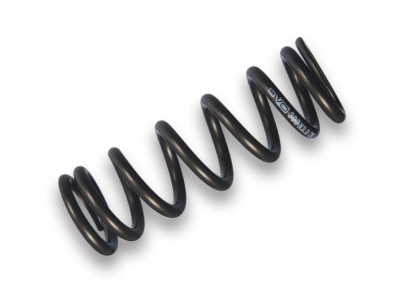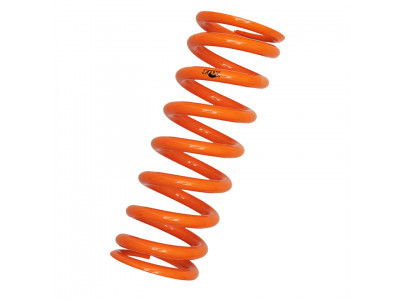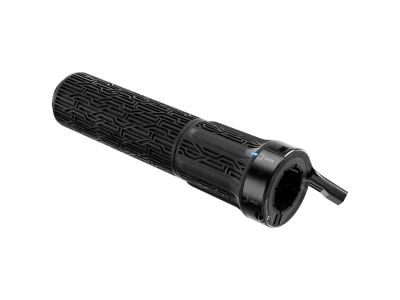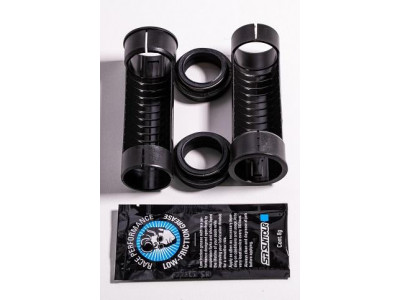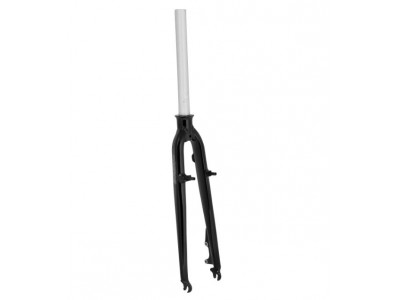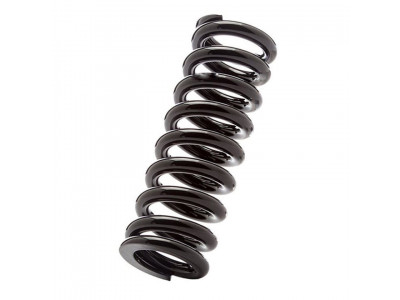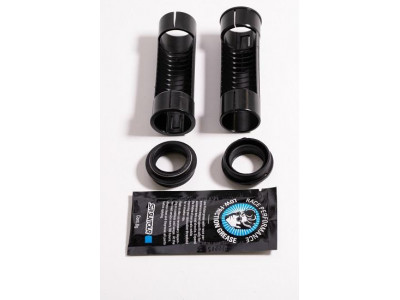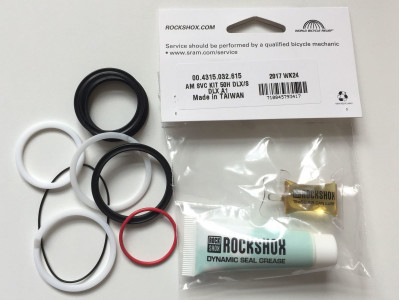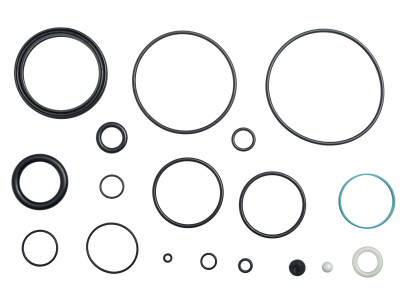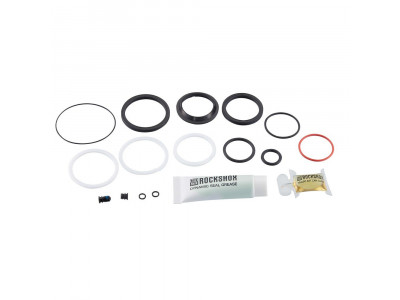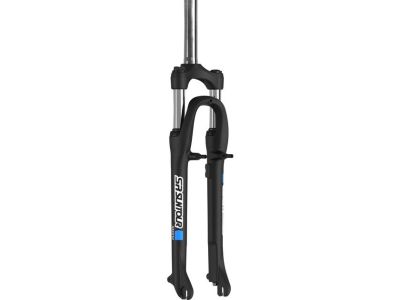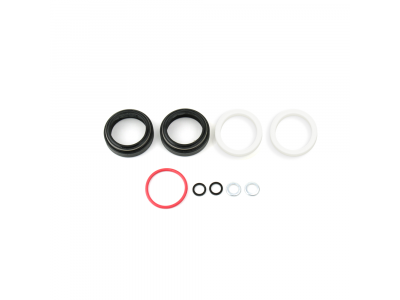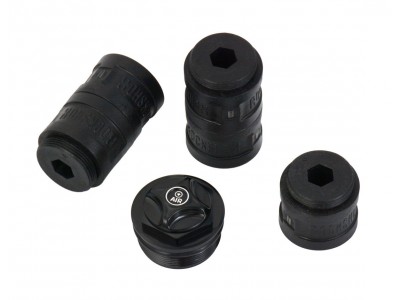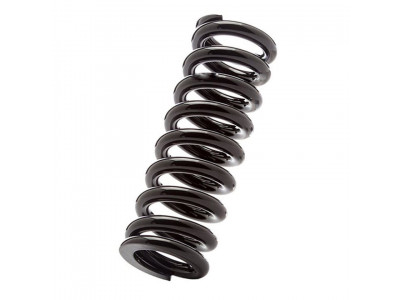When riding a bicycle in the field but also on the road, the right choice of fork and shock absorber can significantly increase your comfort, control, and overall riding experience. Let's explore the types and benefits of different forks and shocks.
- Forks:
- Fixed fork: A fixed fork, as the name suggests, has no suspension. It consists of a rigid fork with no moving parts or shock absorbing capabilities. Rigid forks are commonly used on road bikes, cyclocross bikes, and some city or commuter bikes. They offer precise control and efficient power transmission, making them suitable for smooth surfaces and driving on paved roads. Fixed forks are light, easy to maintain.
- Coil spring fork: Coil spring forks use a metal coil spring for shock absorption and suspension. When hitting bumps or rough terrain, the spring compresses and absorbs the impact. Spring forks are commonly used on entry-level mountain bikes or budget models. They are suitable for easy to moderately difficult off-road routes and recreational riding. Compared to other suspension options, they are generally more affordable, but they do not provide as much comfort and adjustment options as air forks, their main disadvantage is their weight.
- Air forks: Air suspension forks use compressed air as a medium. The air pressure can be adjusted according to rider preferences and different terrain conditions. Air suspension forks are commonly used on a wide range of mountain bikes, from cross-country to downhill models. They are universal and suitable for different terrains. They offer the versatility of suspension when needed and the option of a stiff setting on smooth surfaces or during climbs.
- Shock: Shocks are located at the rear of the bike, usually attached to the frame and rear structure. They work in conjunction with the front fork to provide overall suspension and shock absorption from the rear wheel. Shock absorbers are found on full-suspension mountain bikes intended for aggressive off-road, downhill or trail riding. They improve traction, control, and comfort by dampening rear wheel shocks. They help maintain tire contact with the ground, thus ensuring better traction and reducing fatigue during long rides.
Can I upgrade the fork or shock on my bike?
Yes, in many cases, it is possible to improve a fork or shock absorber on a bicycle. However, it is important to consider compatibility with the frame, wheel size and other components of the bike.
How can I adjust suspension settings on a fork or shock?
Suspension settings can typically be adjusted using various mechanisms such as air pressure, rebound damping and compression damping. Specific instructions for adjusting these settings can be found in the fork or shock user manual. It is important to follow the manufacturer's recommendations and take into account your weight and driving style.
How often should I service suspension components?
Suspension components should be serviced regularly to maintain optimal performance and longevity. Service frequency depends on factors such as driving conditions, mileage, and manufacturer recommendations. In general, it is recommended to have your suspension professionally serviced at least once a year, or more often if you drive in difficult or muddy conditions.
